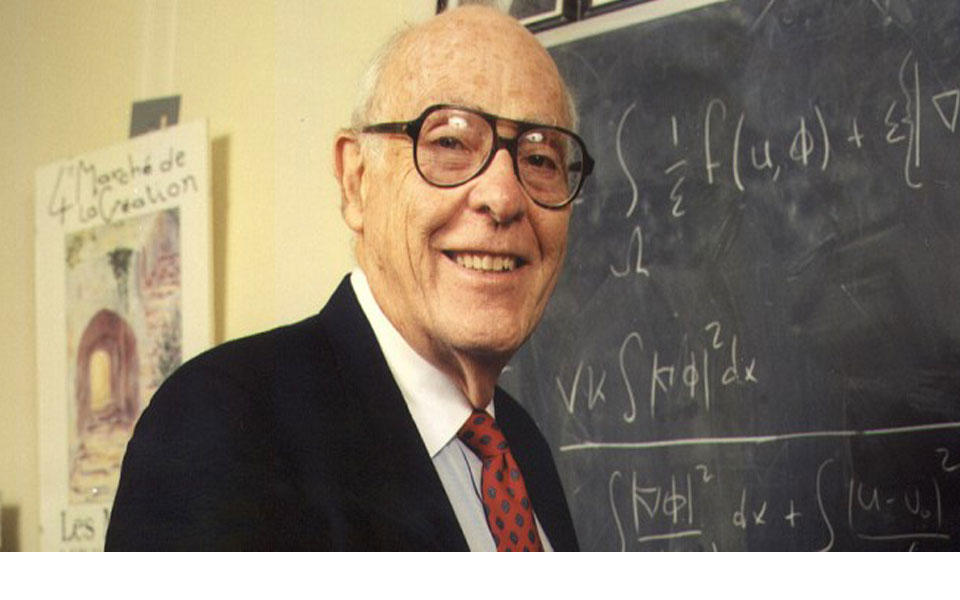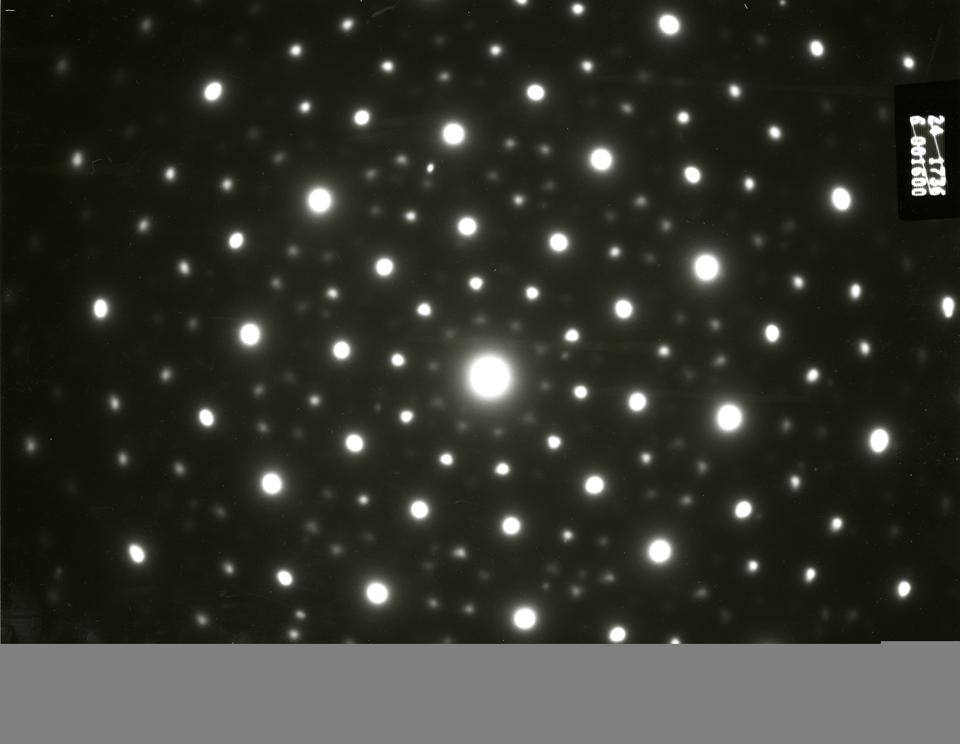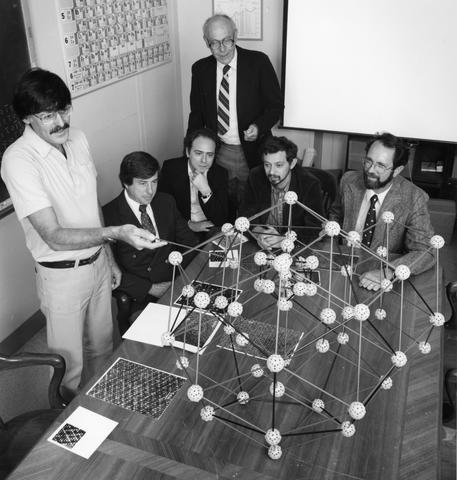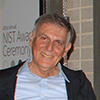Taking Measure
Just a Standard Blog

This article was written in response to the March 14, 2016, death of John Cahn, one of the world’s foremost materials scientists, who worked at NIST from 1977 to 2006. Cahn received the National Medal of Science in 1998 and the Kyoto Prize in Advanced Technology in 2011.
I first met John Cahn in the late 1960s when he visited our department of metallurgy at the Technion — Israel Institute of Technology. Already a famous thermodynamics-of-materials scholar, John was our most important visiting scientist at the time. During that period I was studying for my master’s and then Ph.D. degrees, and John and I were talking science. John was interested in my work and in particular in the microstructure of the titanium alloys I was studying.
In 1972, I started my postdoc studies at the Aerospace Research Laboratories at Wright-Patterson Air Force Base near Dayton, Ohio, and met John again. However, our life-changing meeting occurred later, in 1979, when John and his wife Anne came to stay at the Technion for a longer period. For a little while John even contemplated joining the Technion faculty.
My research during those days as a young Technion lecturer was centered on the structure and properties of rapidly solidified (RS) metallic alloys, and I had developed a technique to make thin foils from fine RS powders for studies using a transmission electron microscope (TEM). This technique was crucial for TEM studies of RS powders, and produced remarkable results. I thought John would be interested in the solidification patterns I was observing, so one day I went upstairs to his office and invited him to the TEM room. John was elated at what he saw.
He told me that NIST scientists had been trying to obtain such images with very little success, and on the spot invited me to give a lecture on my findings at NIST. In the summer of 1980 I came to give this invited lecture and received an offer to come to NIST for my upcoming sabbatical from the Technion. In August 1981 I came with my family to work for two magnificent years at NIST. My official affiliation was with Johns Hopkins University, and DARPA was the sponsor of my studies.
John was my host, but most of my work was performed in collaboration with Bill Boettinger, with Frank Biancaniello making rapidly solidified alloys for me. John was interested in our work and we consulted with him frequently.

Several months after my arrival at NIST, on April 8, 1982, I made the discovery that affected our lives. I discovered the quasiperiodic materials.
John was interested in the new, at-the-time-unexplained five-fold symmetry-diffraction patterns of what was later known as the icosahedral phase, the first quasiperiodic material that I found in aluminum–manganese alloys. Although the reaction of other members of the NIST community varied from ridicule to interest, John was always encouraging. He said, "Danny, this material is telling us something, and I challenge you to explain it." In fact, John was the NIST researcher who was the most positive about my research during those days.
My sabbatical at NIST was about to end in 1983, and John, with Robert Mehrabian, the head of the lab, offered me a good permanent position at NIST. This was a tempting offer, but I decided to go back to the Technion.
The mystery of the icosahedral phase was still unsolved, but upon my return to the Technion, I met with Ilan Blech, who was the first scientist to help solve the mystery. Ilan developed a model that showed how the new structure could form, and together we wrote a scientific article that announced the newly discovered atomic order in crystals.

The article, sent for publication to the Journal of Applied Physics, was rejected by the journal’s editors, who claimed that it would not interest the community of physicists. I then sent the article to Metallurgical Transactions and it was accepted, but scheduled to be published only months later, in the middle of 1985. In the summer of 1984 I came back to NIST for the summer and showed the rejected article to John, asking him why, in his opinion, the article was rejected.
John proposed to write another article based on my discovery without the Ilan Blech model. He brought on board Denis Gratias from France, and the three of us wrote a short article describing the discovery of quasiperiodic materials. The article, sent to Physical Review Letters, was accepted and published in November 1984.
From the day of the publication, John, Denis and I were in the eye of the quasicrystal storm. Scientists from around the world developed the discovery into a fast-growing science. The Physical Review Letters article was the first in a series John and I published together, and our collaboration on quasicrystal materials lasted for years. I continued to visit NIST every summer at John's invitation, and together we stood against criticism from several eminent scientists headed by Linus Pauling, one of the greatest chemists of the 20th century.
My friendship with John and Anne lasted for many years, beyond our scientific collaboration, and our two families celebrated many occasions together, including a traditional yearly dinner at the restaurant L'Auberge Chez François in Great Falls, Va.
My life and career intertwined with those of John, and the serendipity created by our long-lasting relationship changed our lives and created opportunities and excitements that otherwise would not have happened.
About the author
Related Posts
Comments
- Reply





